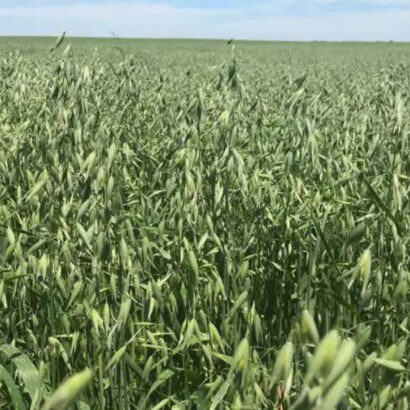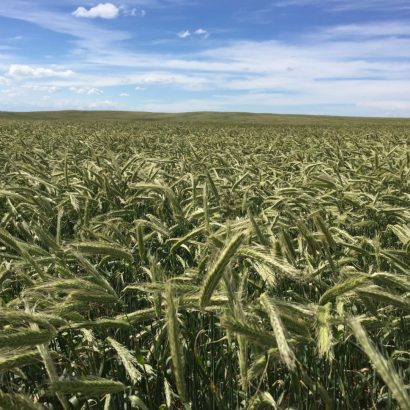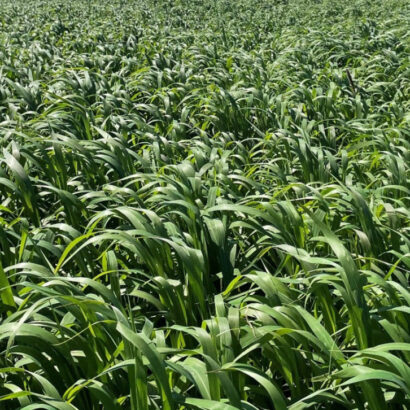As spring arrives, you may notice your alfalfa stand is thinner than ideal. As you work to determine the best steps for a successful haying season, consider these questions:
- Should I seed new alfalfa into the existing field?
- Not recommended. Alfalfa is known for having autotoxicity, which is an allelopathic form where the plant releases a chemical compound and inhibits the growth of new alfalfa seedlings.
- I’d like to keep the alfalfa field (2-4 year old field) in for a few more years. What should I do?
- Consider planting a perennial grass like Pasture Fix Mix or #3 Hay and Pasture Mix, which are both great options.
- I’d like to keep the alfalfa field, but it’s nearing the end of it’s life (5-7 years old). What is recommended?
- For an older field, consider planting Alfalfa Patcher, which is a one-year fix blend of Oats, Italian Ryegrass, and Mammoth Red Clover. The oats will give you one big cutting and the Italian Ryegrass and Clover will help provide additional yield to your second and third cuttings.
- I want to put this field back into alfalfa production. How long do I need to wait to go back to alfalfa?
- It is wise to keep the field out of alfalfa for at least two growing seasons. You need to make sure the old alfalfa’s autotoxins are completely gone. Consider incorporating that field into your cash crop rotation. If you need the field to produce forage, a winter annual can be a great way to jumpstart your forage supply for the next year.
If you have questions or would like additional information, please reach out to anyone on Team Millborn.




Discussion
0 Comments